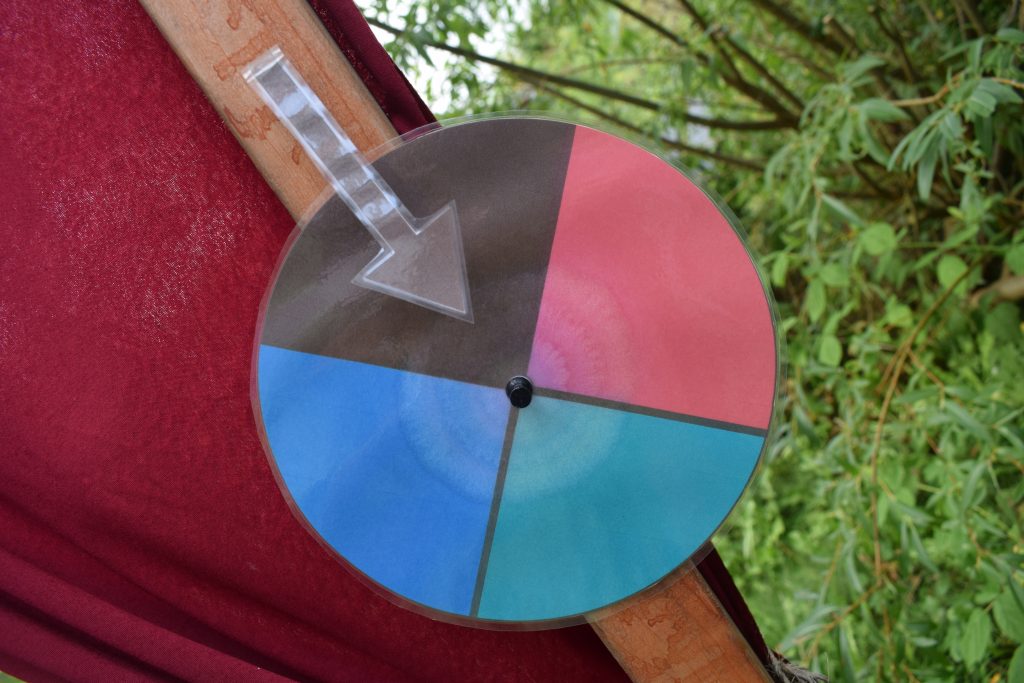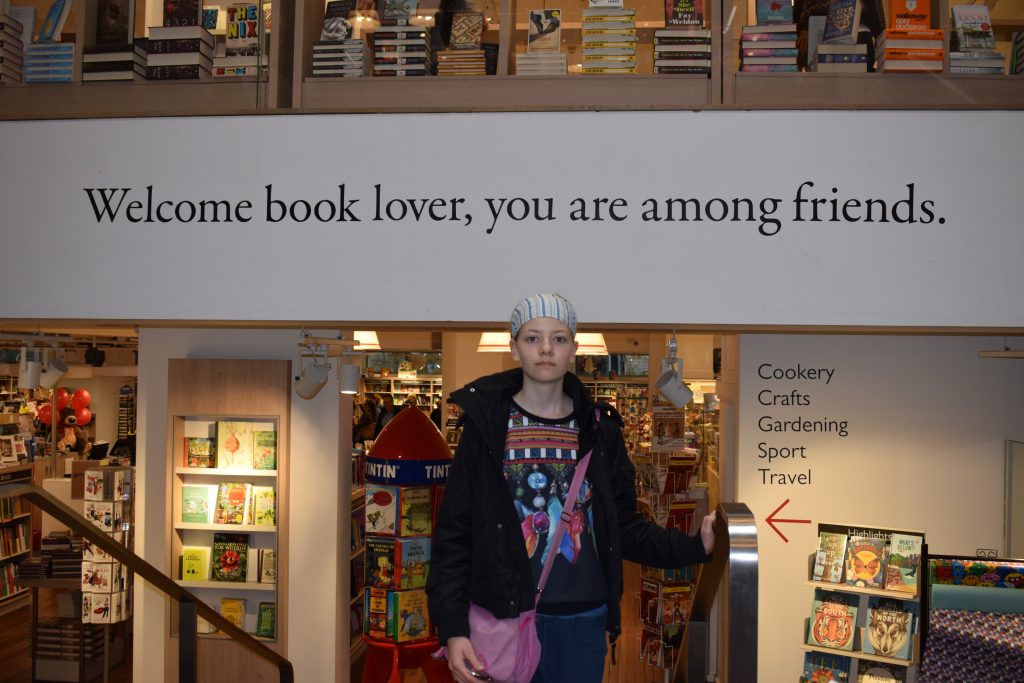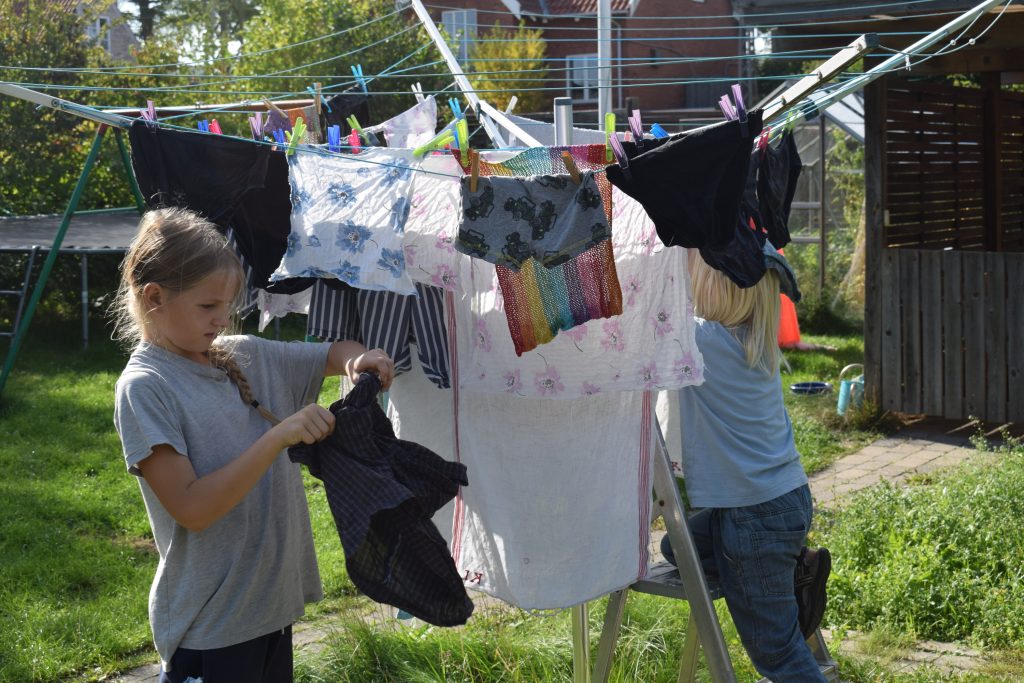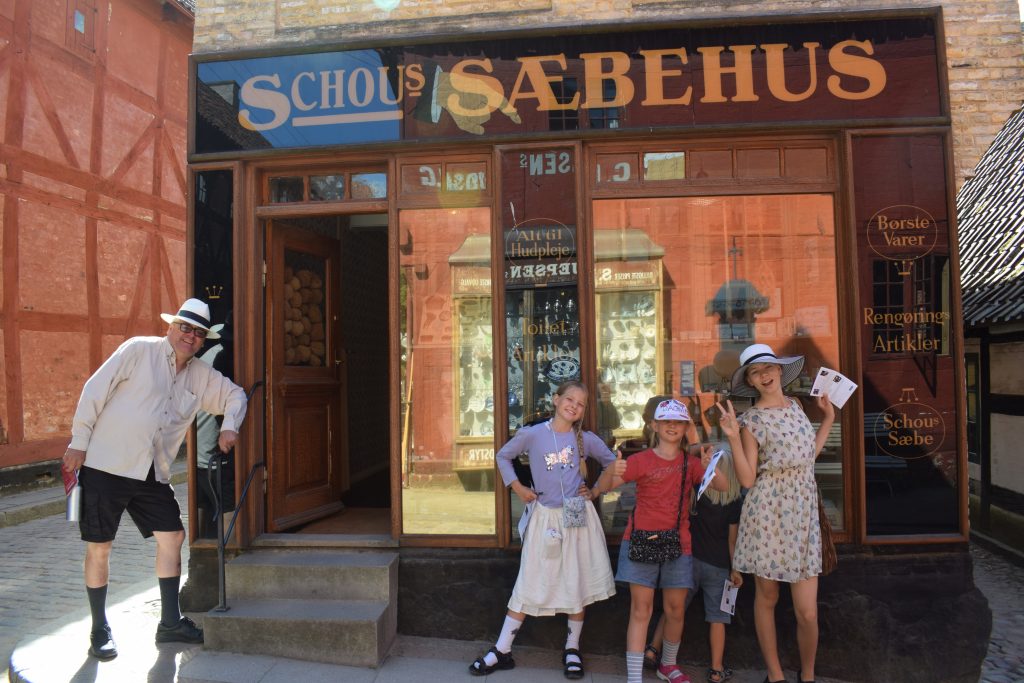We have used Arduino for many different electronic projects because it is quite easy for the children to work with the code and quickly see results. Below you can see a movie where we have made a moving picture with a 8×8 display.
Life is Magic. We intend to keep it so.
Life is magic. Learning more and more about Mother Earth, makes us realize just how magic life is. We try to bring that into our Home School. Especially Science is often like magic to us. Our world is just so AMAZING! it is so weird, and the more you read about it the weirder and more magical it is.
We love life! We love nature, we even love the Periodic Table.

We also love the unexplainable magic. The magic that is in our minds and develops our ideas and creativity. The silly magic and the down right childish magic, that adults are told again and again to grow out of. Well, I am sorry, but we just won’t.
On the picture you see the Portal Changer from Hayao Miyazaki movie “Howl’s Moving Castle”. It really got to us. So we decided to make our own, to be able to change world, when we leave the house.
How do we learn English?
Well, how don’t we? English is the second language in Denmark for most people. It is all around us. When our youngest child was 2 years old, he would repeat English sentences from youtube child educational movies, he was watching. He learned to count to 10 in English before he learned to count to 10 in Danish. One of the parents in this family has lived for a long period of time in England and gotten used to dreaming in English. So English is used a lot in this family and seen as an opening to so many educational means on the internet and real life people.
We do English in the traditional manner around the table every week, with grammar books and reading aloud English. But we also do English in so many other ways, like our Chinese books are in English, many movies we watch only have English language or subtitles (yes, we watch weird, low budget, niche culture and our all time favorite – MUSICALS!). We love to read Roald Dahl, Dr. Seuss, Calvin and Hobbes, Hans Christian Andersen and Donald Duck in English.

On the picture you see our oldest daughter visiting her dream Book Store Foyles in London on Charing Cross Road. Foyles has four miles (6.5km) of shelves, and more than 200.000 book titles. Field trips are always also a main part of our Home School. We do as many as we can afford.
Keeping up with practical tasks around the house
Having a Home School with 4 pupils requires a bit of planning. There is a lot of laundry, a lot of food to be cooked, a lot of mess that needs to be tidied up and a lot of dirt that needs to be removed. One mother cannot do it alone. It is all about teamwork.

We would like our children to be able to look after themselves, when they move away from home. So they take part in all the daily work with practical things around the house. We have tried to teach them these tasks, and that they are a part of it, since they were very small. Often they will come themselves and ask if they can take part, or they understand that it is a part of life, that has to be done, to make the practical part of life work. If they don’t have any clean underwear or they are hungry, it is very easy for a child to understand that it is not only somebody else’s problem, but also your own task. You are responsible for your own life. We have also tried to show them that it can be fun time spend together, if you try to make it fun. When we fold laundry we dance, sing and listen to music. When we cook, we talk and laugh, and often deep talks can arise through these moments spend together. We can also play ghost with the sheets or give the small kids a hammock sving. Using a saw or gardening tool can also be a learning process, and a task with satisfactory visible outcome. We have strawberries, raspberries, apples and tomatoes in our garden and if you look after them, you can eat them. That is very real to understand. Things can evolve from these moments. It is not boring stuff, it is life.
Navigating in Traffic
This film came around, because we have made a cycle path around our house, and has another path that meets with it. This had for a long while resulted in crashes, because the children disagreed who should stop. So I tried to teach the children about priority to the right, stopsign and yield line. They quickly found out that a stop sign AND a yield line, would put a stop to further problems. The path which was down hill, now had priority and you could endulge in high speed cycling.
Learning about Religions
When we have Religion on the weekly schedule, we mainly look at christianity, as the main Religion in Denmark has been Christianity since around year 1000. Christianity is also mentioned in the constitution, and is a part of the state, as long as more than 50 % of the population decide to be members. At the moment around 77% are members. It is also the basis of my familys culture and history. So I read aloud the bible for the children and they draw something that relates to the piece we are reading. The book we use also looks at the Historical and Geographical aspect of the bible. Then at the end of the text, we discuss the meaning of that piece. We also do many field trips to visit other religious arrangement when available to us.
Learning Spanish for fun
At the moment, we have 5 languages on the weekly schedule. One a day, monday to friday. Tuesday we learn Spanish from the book “Spanish” from Pirana. Spanish is the wish of my youngest daughter. She has fallen in love with that language. In the video below you can see an example of how this learning could take place. When we listen to Spanish language music, we often look up the lyrics and try to understand them. We don’t intend to become great Spanish speakers, but have fun looking into that language too.
How and why do we learn Chinese?
We have now had Chinese on the weekly schedule for the past 3 years. Our oldest daughter is very interested in languages and their structure, so it was a wish from her. The rest of the children find Chinese fun, because it involves drawing and funny sounds.
We use the material we come across, and in the beginning we found it very hard to find any child friendly material, so we mainly used what we could find on the internet. The best help to start of with, was the site: Chinese language .
Then we discovered the material from Chineasy and things got just so much more fun. It is a woman who has tried to introduce Chinese learning in an easier way. Tedtalk with ShaoLan is interesting to watch. We bought the books and the flash cards. This really opened our mind to flashcards and we now used them in most of the language training we do.
Can we now speak and write Chinese? No way near that yet. But we are humble and grateful every time we get a small step closer to the understanding of the structure of the language. We practice our pronounciation on our friend in the local Chinese shop, where she patiently listens to us doing our best to communicate. But until now, she has not been very impressed, just happy to see our interest in her language.
How do we learn about history?
Well, history is everything. 1 second ago is history. The dinosaurs are history, our favorite music is history. History is how we learn to understand the present. How we learn to deal with the future. In our home school we learn about history in multiple ways. Often it is through interdisciplinary studies, where two or more subjects are mixed together in the learning process. Most history lessons are spend on trips to museums, but we do also teach classical history lessons around the table every week. At the moment we teach from a Nils Hartmann book called “The History of Danish Kings and Queens written for Children”. Usually the children listen to me read aloud from the book and then they take notes and we talk about the written piece and calculate the age of the King and other people mentioned. We also try to relate that time period to today and also look up different things we want to know more about or don’t understand. When we finish a book we start another one, the choice is based on what we find interesting or what time period we have not covered yet. Some times we have guest pupils from other home schools, who take part in our joined age group lessons. The picture below is from a recent trip to Jutland, Århus, where we visited one of the childrens favorite museums, “The Old Town in Århus”. We love museums where you really can interact with the exhibitions and “live” the period.

Chemical elements in dietary supplements
Chemical element found in dietary supplements. How many elements from the periodic table can be found in dietary supplements in an ordinary supermarket? That is what we went to find out.
